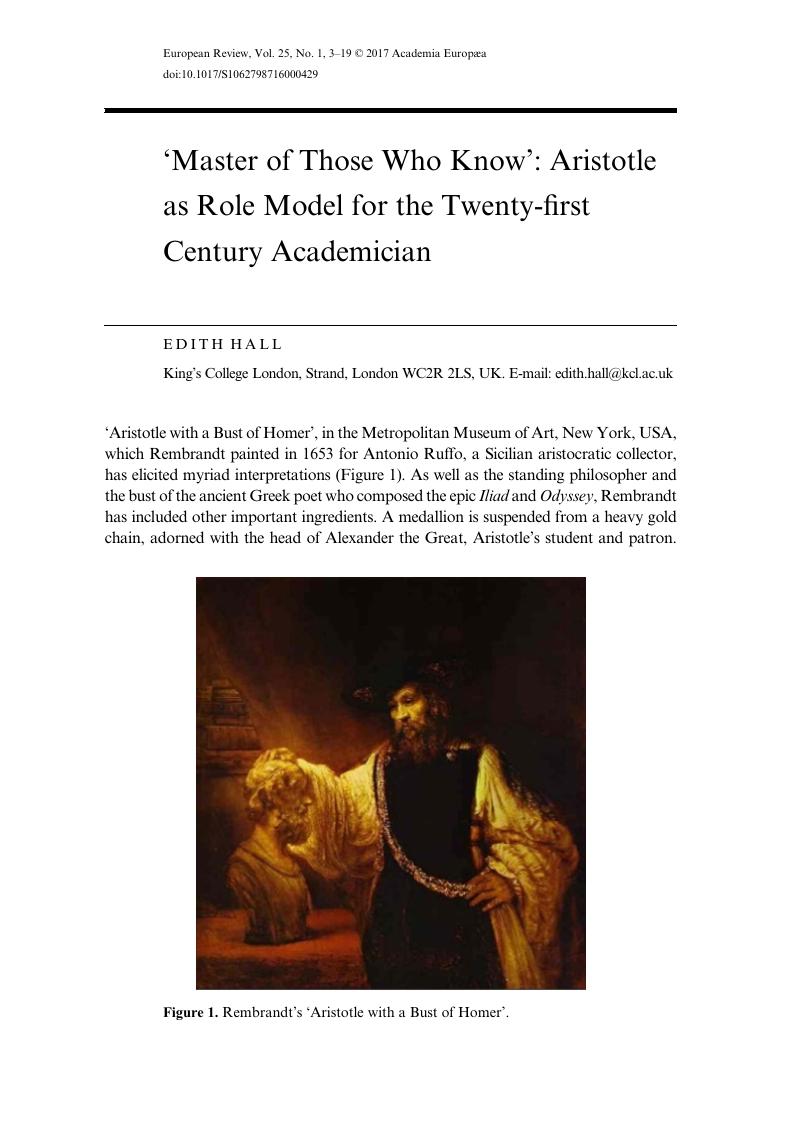3.I have published a study of Aristotle’s relegation of women to second-class citizen status, and collaborated on research into the use of his
Politics by ante-bellum slave owners: see E. Hall (2015) Citizens but second-class: women in Aristotle’s politics. In: C. Cuttica and G. Mahlberg (Eds.),
Patriarchal Moments (London: ), ch. 3; S.S. Monoson (2011) Recollecting Aristotle: proslavery thought in antebellum America and the argument of Politics Book I. In: E. Hall, R. Alston and J. McConnell (Eds.),
Ancient Slavery and Abolition (Oxford: Oxford University Press), ch. 9.
Google Scholar 